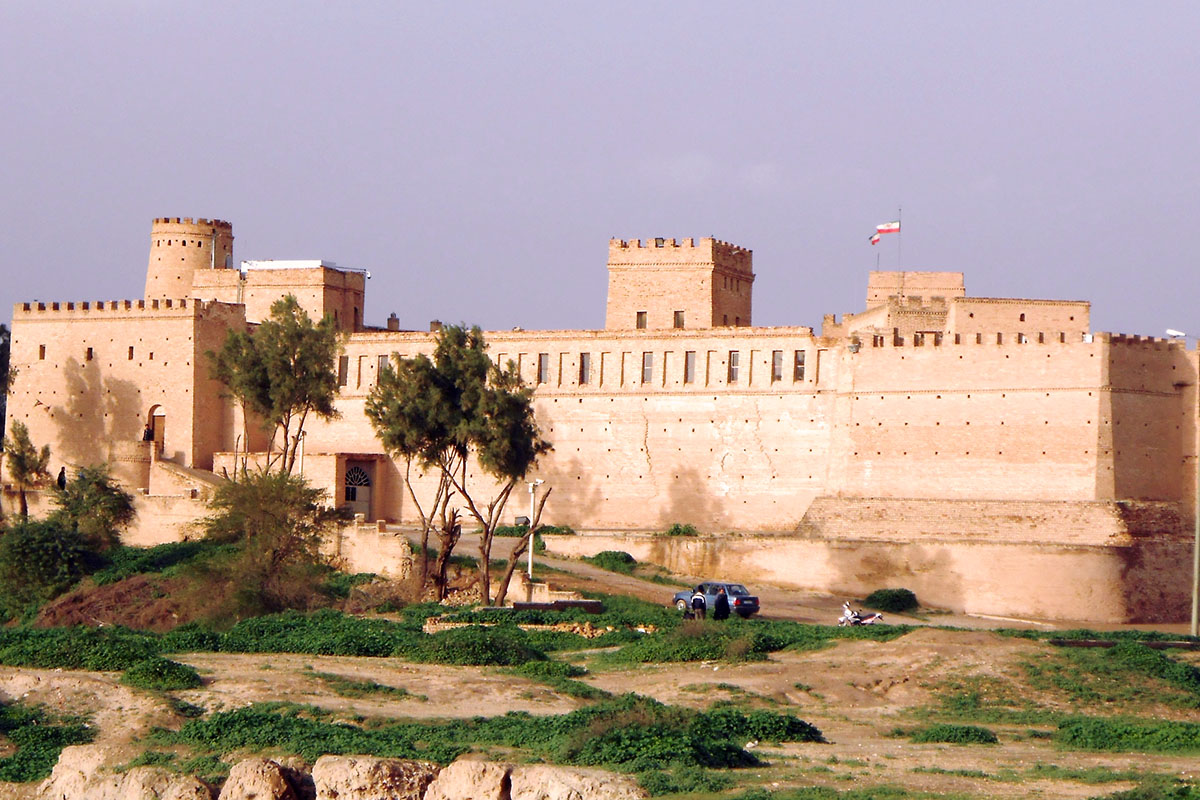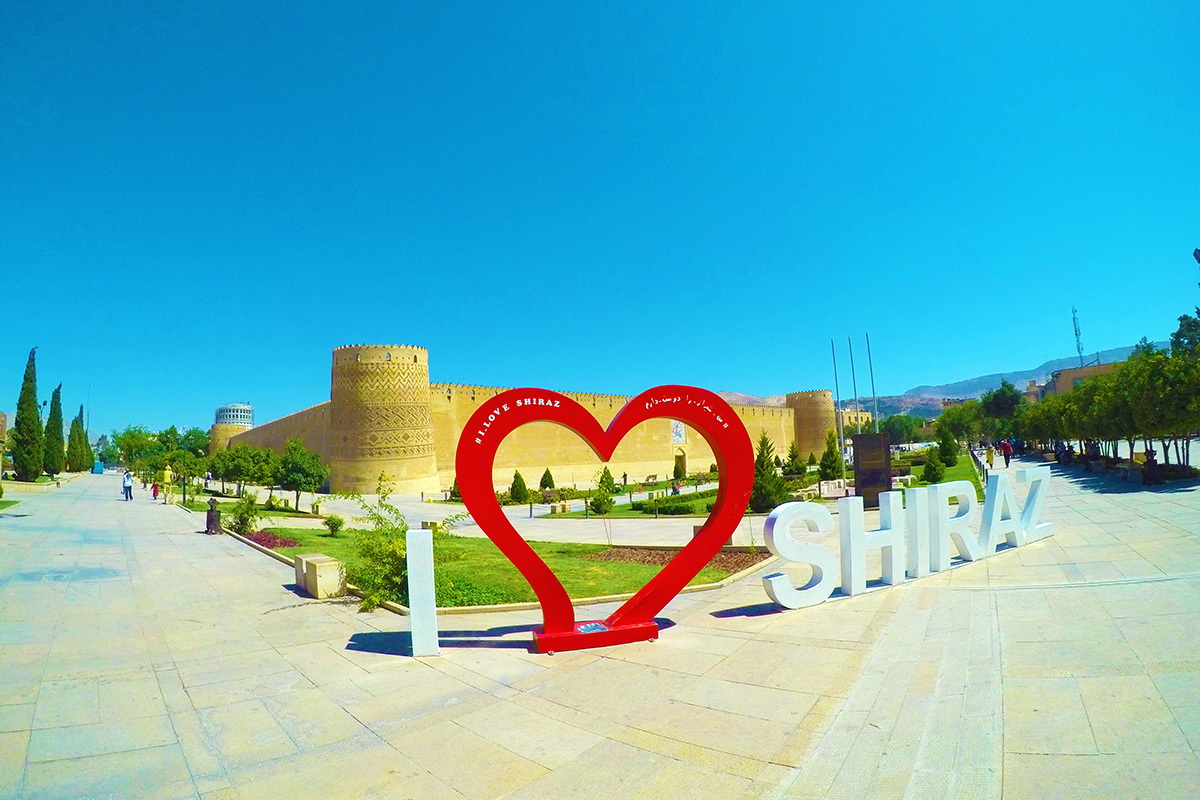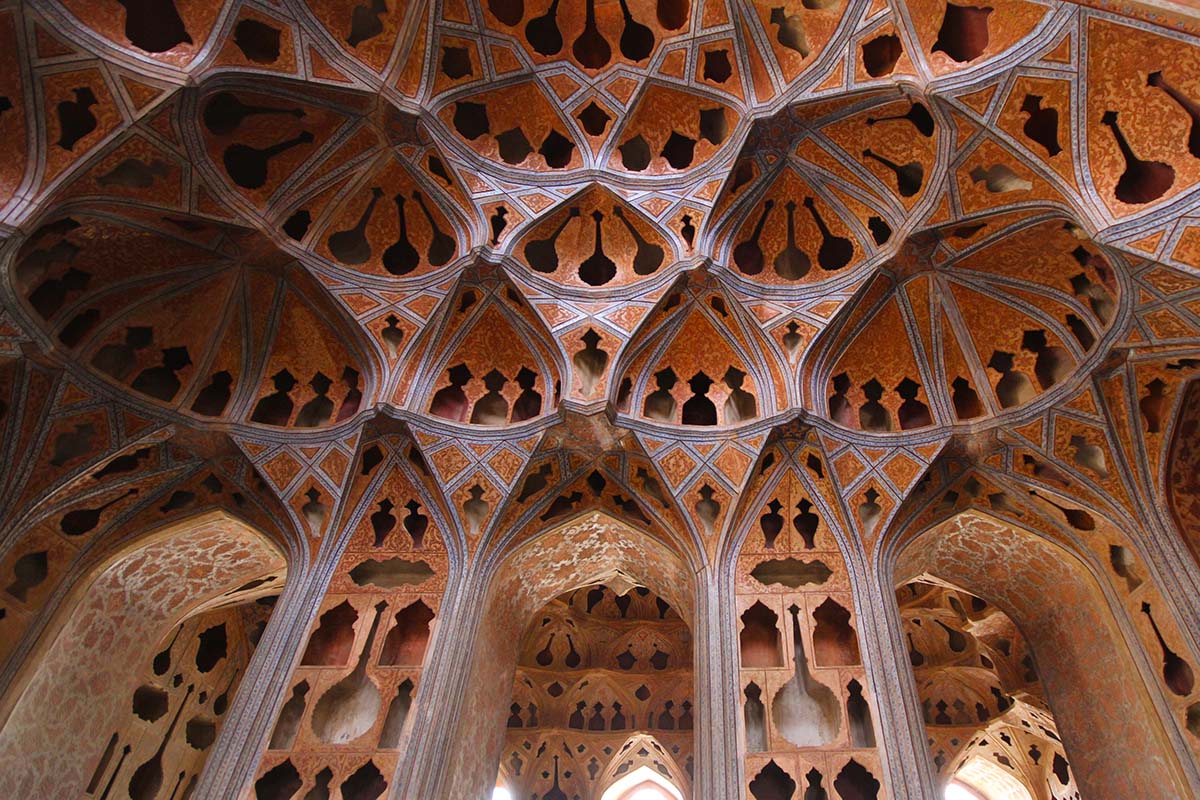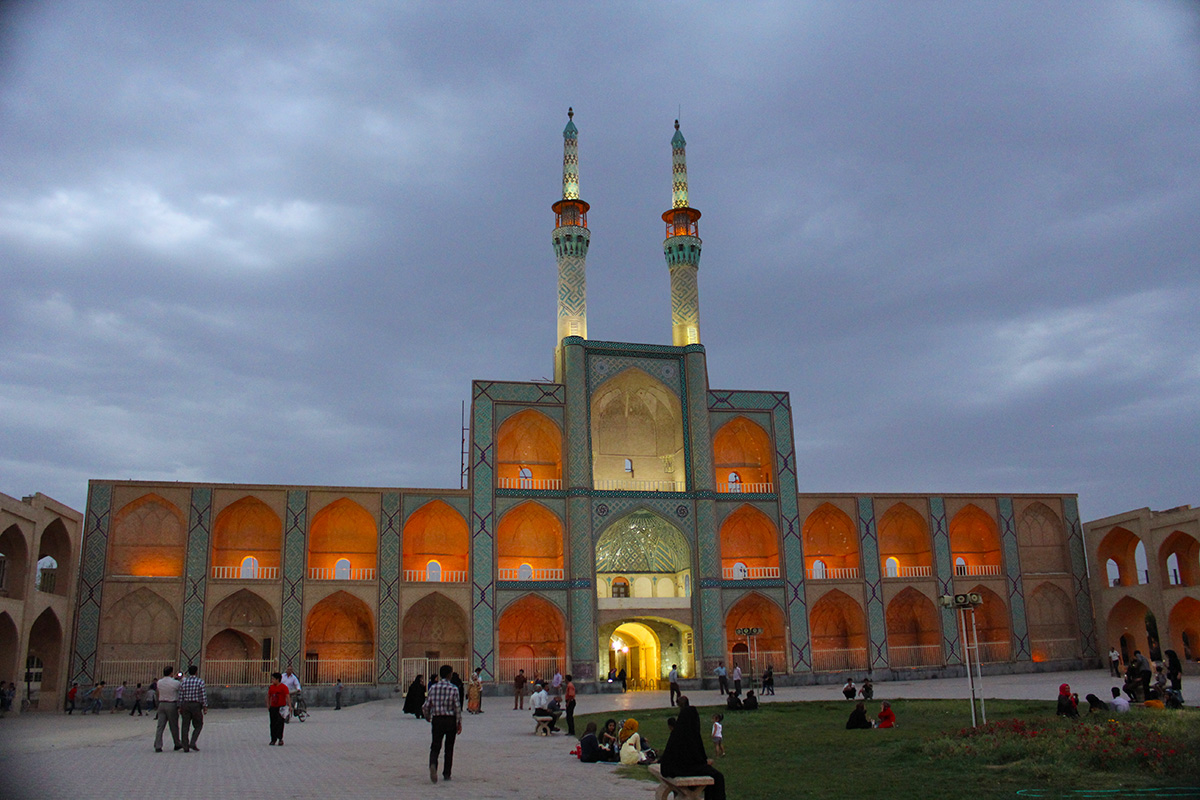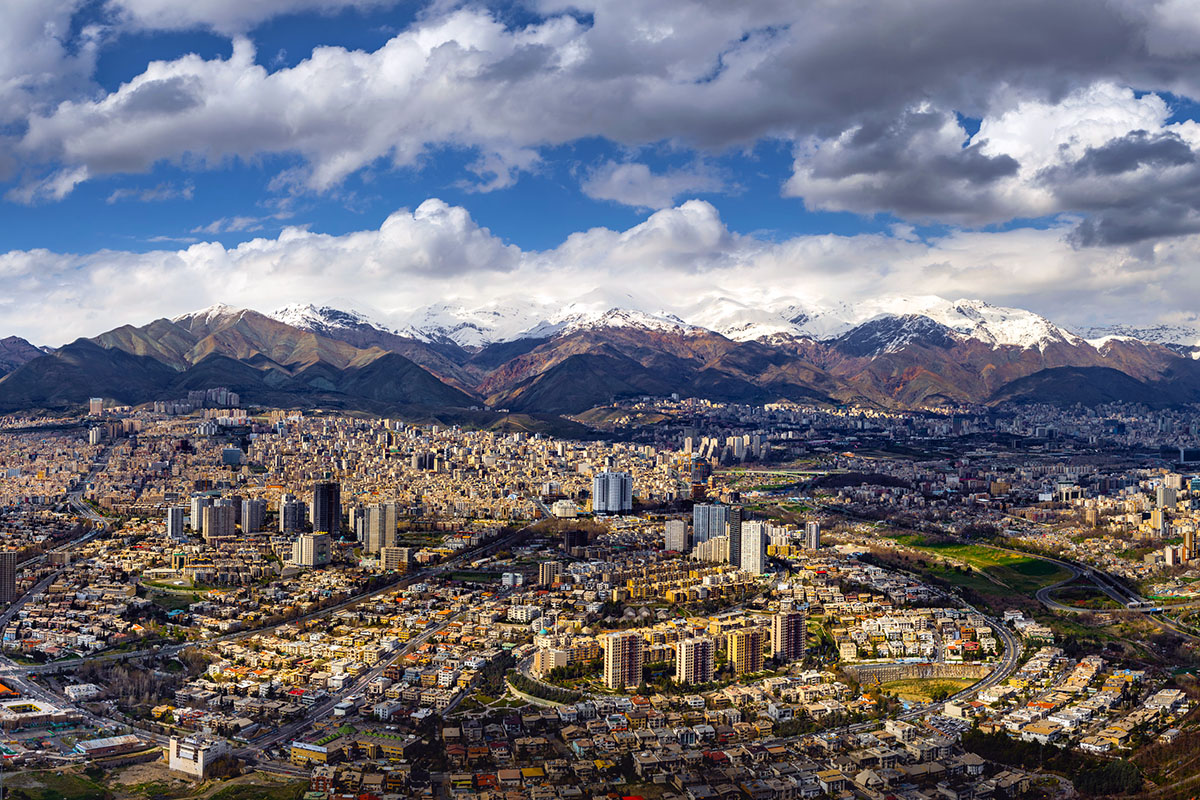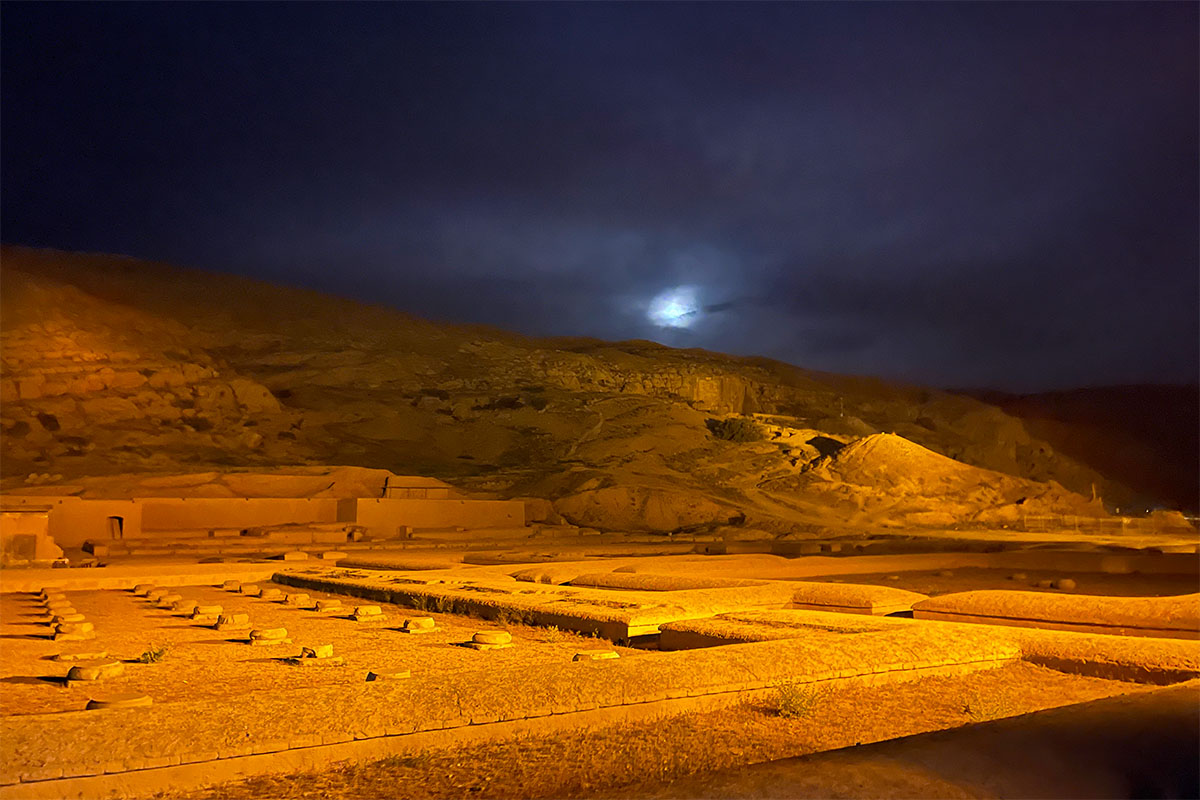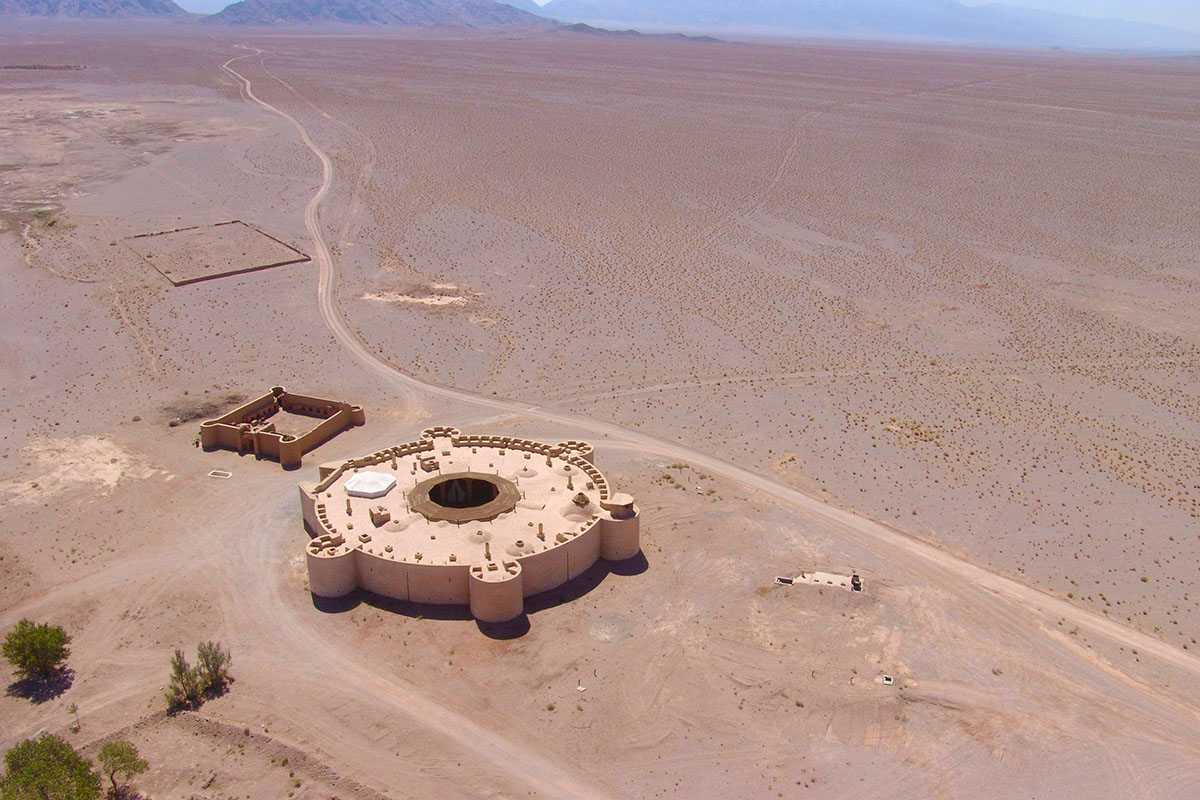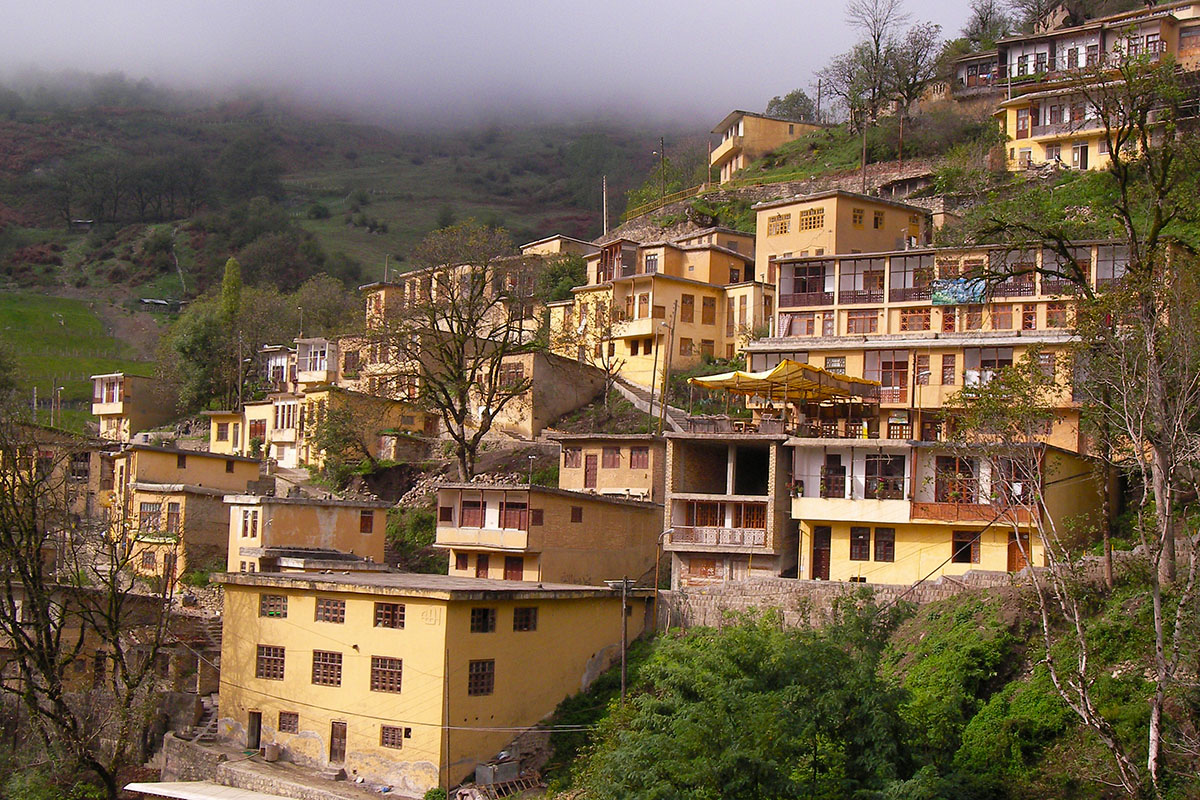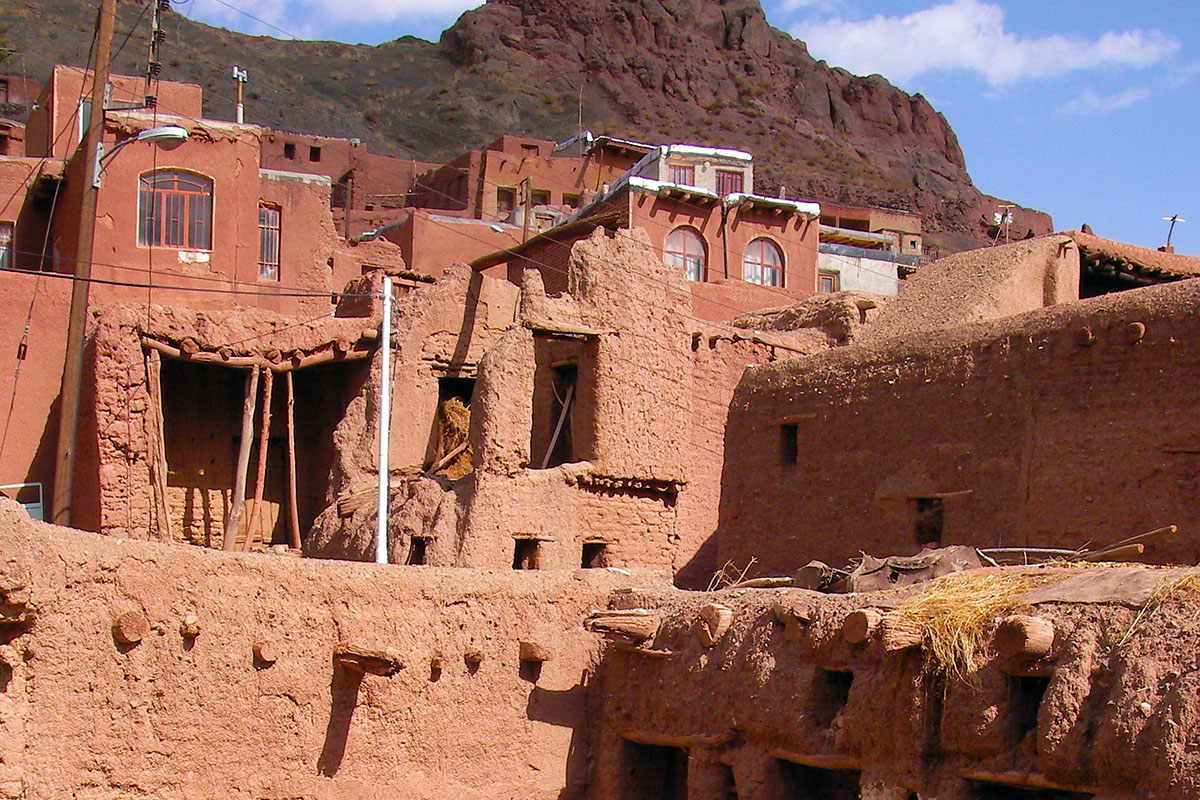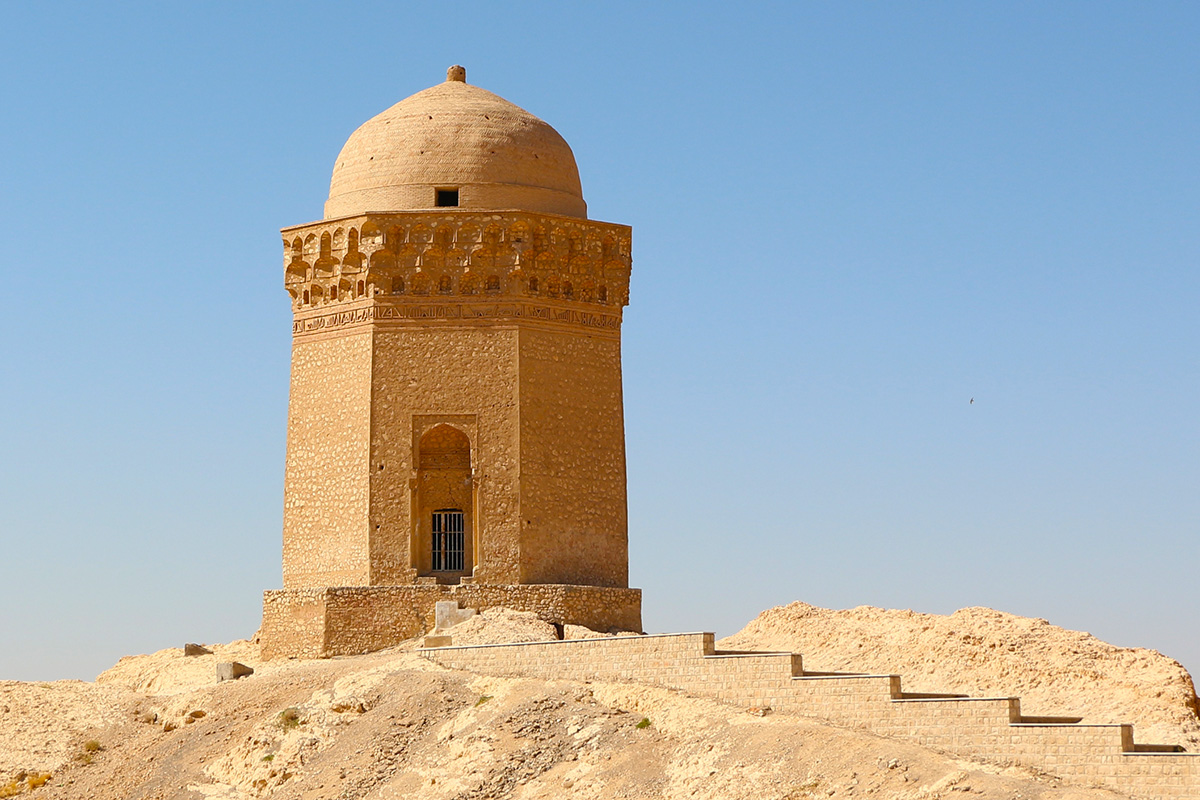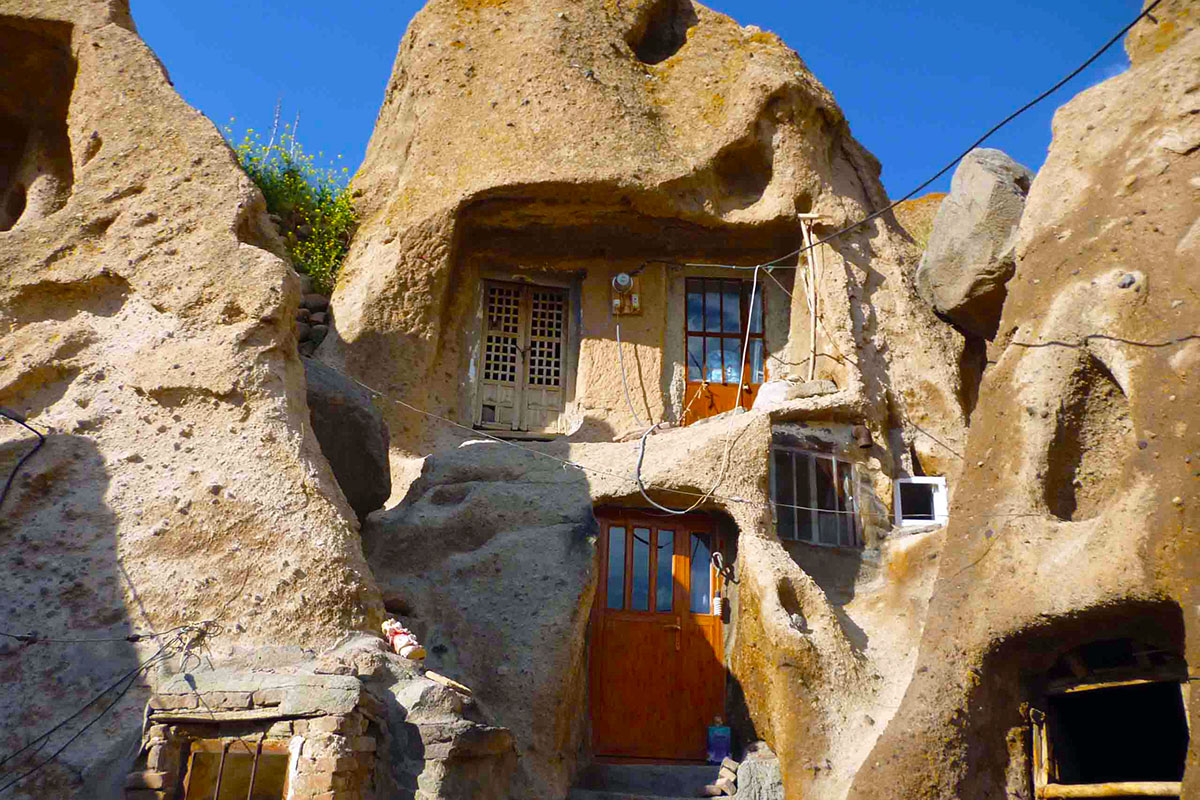Ahwaz or Ahvaz is the capital of Khuzestan Province and one of the metropolitan cities of Iran. It is the fourth city in Iran in term of vastness after Tehran, Mashhad and Tabriz. Karun the famous river of Iran comes from Bakhtiari Mountains and after entering this city, divides it into two different east and west parts and doubles the city's beauty. Current Ahwaz is an important transfer center, which connects different cites of Iran to the important ports of Abadan, Khoramshahr, Imam Khomeini and Mahshahr. This city is the main source of oil in the country. Ahwaz has been the residence of different people from the past including Arabs and Bakhtiari People. Other people living in Ahwaz are Jewish People. The most population of Khuzestan province lives in Ahwaz.
The costume of men of Ahwaz is long and white and is called Deshdasheh. Ahwaz has suffered from the destruction many times over the history. There is not enough information about the exact age of this city. Elamite people built the ancient city of Tariana in the present place of Ahwaz, which was destroyed after Elam lost its power. Artaxerxes built Tariana once again. When a dam was constructed over Karun by Artaxerxes, this city entered a prosperity period.
History of Ahwaz
Due to the existence of rivers and relatively fertile lands, Khuzestan has been a good place for the formations of civilizations from the past. The age of some discovered items in this province dates back to more than ten thousand years ago. About 5 thousand years ago, people in Khuzestan entered the historical period using writing characters. Khuzestan province turned into one of the most important centers of civilization in the ancient world at the time Elamite government was founded and Susa was chosen as its capital. Susa is the first city of Iran and dates back to more than six thousand years ago. After Elamite period and formation of Achaemenid Empire, Khuzestan retained its importance and was one of the states of that empire. Susa as the winter capital was connected to Persepolis by the royal path. Numerous palaces and monuments were constructed in Susa. During Achaemenid dynasty, Ahwaz was called Hooj and Darius The great; he calls Khuzestan as Khouz in Behistun inscription. Khouz means sugarcane and Elamite means sugarcane field. Ahwaz was a significant city during Sassanid period and of major centers of textile production. Besides, the city of Ahwaz was a main commercial center and a proper area for exchanging goods, due to its situation on the bank of Karun, which was a shipping center.
During Ardavan IV from the Parthian Dynasty, Ahwaz was the capital for a while. In the war of Artaxerxes and Ardavan VI, Artaxerxes overcame Ardavan and Ahwaz suffered from many damages. Artaxerxes, the founder of Sassanid Dynasty, established two cities in the old location of Ahwaz; one of them was the residence place for the merchants and the second one for the nobles. During Sassanid period, especially Artaxerxes, some dames were built over Karun River. The derived channels and different water streams irrigated the farming lands and made them flourished. After the sixth century, Ahwaz was no more prosperous due to the deterioration of the dams and fall of the water level. The other reasons for its deterioration were local conflicts and wars and prevalence of diseases like choler and plague. A new attention was given to this region at the same time of digging the Suez Canal, which led to shorten the path to European maritime trade. Nasereddin Shah also benefited from this opportunity to expand trade and shipping on Karun River and freed shipping on Karun for foreigners. He established a port in Ahwaz under the name of Naseri port. Following the construction of Naseri port, he changed the name of Ahwaz to Naserieh. During Pahlavi period, Reza Shah changed the city‘s name to the ancient name of Ahwaz.
Language
In ancient Ahwaz, Khoori Language was prevalent, especially during Achaemenid period until the fall of Khuzestan by Arabs. Currently, people of Ahwaz speak mainly in Persian or Arabic. There are also dialects of Kurdish, Turkish and Lori in Khuzestan.
Weather & Climate
The weather of Ahwaz is hot and humid. A large part of Khuzestan province is plain and Ahwaz is located in the plain section. However, the lack of vegetation has caused extreme heat and drought and ranked it as the second hottest region of Iran. During winter, the temperature falls to 5 C° and it rises up to 50 C° during the summer. According to the official statistics, Ahwaz has the most air pollution after Tehran and Isfahan. The air pollution in this city is growing and getting more severe. The main causes of this pollution are urban transport, dust, and spread of the city to the factories areas.
Special Ceremonies in Ahwaz
The Ritual of Rain- Seeking
In some areas of this province, rain-seeking ritual is held at the times of drought. In this ceremony, children gather and sing a special poem.
Shahnameh Reading
one of the traditions of Bakhtiari tribes in Khuzestan is reading Shahnameh. Shahnameh is the national epic poem of Iran written by the Persian poet, Ferdowsi.
The Ritual of Gergiaan
Arab people have many ceremonies and rituals in the holy month of Ramadan, one of which is called Gergiaan. This event is held to thank the birth of Imam Hassan. On the night of the second half of Ramadan, the local children wear new clothes, go to homes, and read some verses. In this ceremony, residents of homes give sweets to the kids who hold baskets in their hands. This ceremony continues until the midnight.
The Month of Moharram: The mourning ceremony for Imam Hossein is magnificently held every year in Khuzestan province.
Music
Khuzestan is considered as the land of ethnic diversity in the country, which is the confluence of several cultures. Each of these cultures retained their own features at the same time of mutual influence. Music is also the defining characteristics of these tribes, which is in a special case in every region. Among Arab tribes, music is influenced by certain similarities with the music of southern Iraq. Among Bakhtiari tribes, music has a special place and is used in the rituals of joy and mourning and is played by means of local musical instruments. Bakhtiari music like other local music is simple and has great differences with traditional music. Its similarities with other local music are the simple songs and use of Iranian musical instruments and the differences are based on the dialect and the way it is song.
Special Types of Food
Although nowadays Iranian cuisine are prepared in the Khuzestan province, local cuisine from the available materials have still a special place. Some of the food habits of the people of Khuzestan province are interesting. They have summer and winter types of food. In summer, they welcome their guests with cherry and saffron syrups and dates and sesame are used in winter. Ranginak is a very tasty and nutritious food served during lunch and dinner times. Fish is one of the most important local cuisine in the province. Qalyeh Mahi is a tasty cuisine cooked with grilled fish and tamarind. Broth is the common food among the rural and urban people. Yogurt soup, sesame soup, fish kebab, shrimp, lentil soup and hot dates are the other tasty cuisines in this province.
Arts & handcrafts
Although the handcrafts are not so common like the past, there are still manufacturers engaged in the production of hand tools and accessories. Things like weaving fabrics, killim, rug, Giveh (traditional shoe) and also wood turnery, enamel work and production of metal instruments are common in Ahwaz and Khuzestan province.
Souvenir
The souvenirs of Ahwaz include dates, date pastries and costumes.
Transportation
BUS
Ahwaz is well connected to other cities by roads. There are daily buses from Ahwaz to Tehran, Mashhad, Shiraz, Isfahan, Kerman, Bushehr, Khorramshahr, Yasouj and etc.
Airport
Ahwaz International Airport:
This airport has daily direct flights to Tehran, Shiraz and Isfahan and weekly flights to Dubai and Mashhad. Several airlines are rendering services in this airport including Iran Air, Mahan, Aseman, Naft and Caspian.
Train
There are daily trains to Tehran, Khorramshahr and Bandar Imam Khomeini. Ahwaz is the major junction for trains heading from the southern ports to Tehran, and from Tehran you can change train and go further to Mashhad or Tabriz
Availability of transportation stations
- Baggage
Storage service is available
- Wheelchair
Access to the train and bus stations.
Wireless Internet:
WIFI Internet is accessible in the station
Attractions
Karun River
Karun river is the most watery and the largest river in Iran. This river is called Kouhrang in the ancient inscriptions. The first human civilization formed along this river. It is the longest river with a length of 950 km, which is just inside Iran. This river is also the only river that has the capability of shipping on some parts. The drinking water for the metropolitan city of Ahwaz is provided from this river and has also provided the favored recreation areas and a good commercial center for the merchants. Karun originates from Zardkooh Mountain in Chaharmahal & Bakhtiari Province. There are eight bridges over Karun River, which connect the eastern and western Ahwaz.
Bridges of Ahwaz
One of the most important tourist attractions in Ahwaz is its bridges. Today, there are eight bridges over Karun. The first bridge, which is called black bridge, is for train's crossing. Among these bridges, the first bridge (suspension bridge) and the seventh bridge have doubled the city's beauty because of their unique style of architecture and design.
The white bridge (Suspension Bridge)
The suspension bridge is one of the most beautiful bridges of Ahwaz built by a German family on the beautiful river of Karun.
German Engineers started to build this bridge and worked up to the level of installing one of the arcs, but the British took back the supplies and instruments, which they offered the bridge builder at first. This action made the bridge builder sick and caused his death, but after a while, his wife started to install the second arc on the bridge by using the simplest tools and in this way, she completed the bridge.
The seventh bridge
The seventh bridge connects Towhid Blvd and Shahid Chamran Street. The length of this bridge is about 490m and has the longest and most beautiful artificial waterfall in the Middle East. Many people cross this bridge and enjoy its beauty. Fountains are on both sides and they are lightened by colorful lamps during the night.
Chogha Zanbil Ziggurat
Chogha Zanbil is an ancient worshiping place during Elamite period, built around 1250 BC. This monument is the remaining part of the ancient city of Dorantash and located near the ancient city of Susa. This structure is considered as the first monument registered in the UNESCO’s World Heritage List. It gained exceptional and universal values by the international community. The orientalists know Chogha Zanbil as the first religious monument in Iran. Chogha Zanbil is located in southwestern of Iran in Khuzestan Province. This structure is 40 km from the ancient city of Susa. It was built by the king Untash-Napirisha mainly to honor the great god Inshushinak. Chogha Zanbil which is the ancient name of this monument, is a local word composed of two words of "Chogha" (in Lorri language means "hill") and Zanbil (meaning "basket"). This word is a reference to the location of the temple on the hills and simulates it to an inverted basket. The initial height of this monument was 52 m with five floors. Today 25 m and two floors of it are left. The foundation of this building is about 105 meters at 105 meters, twice as much as a football field.
Haft Tepeh
Haft Tepeh is an archaeological site in Khuzestan Province, located approximately 15 km away from the southeast of Susa. It is a complex of archeological hills, which probably emplaced the ancient city of Kabnak of Elamite civilization. The extent of this archeological site has attracted the attention of various explorers. According to the theories, this city was an important political center during the reign of Elam and after its destruction, Susa turned to the powerful city, although there is little evidence to prove this claim. The first excavation operation led by Dr. Negahban in 1965. The surface area of this monument is approximately 1.5 square kilometers and consists 14 hills. There are 21 or 22 skeletons in the temple tombs. Moreover, the tomb platform is divided into different parts and it is an evidence showing that this temple is used for the burial of ordinary people and is not a royal tomb.
The museum of Haft Tepeh
This museum was completed by Dr. Negahban, at the same time of excavations with the purpose of the maintenance, protection and exhibitions of the discovered items. The architecture was inspired from the local architectural style adapted to the climate and with a sense of Elamite architecture. With the onset of war in 1359, the museum was closed and many objects were transferred to other cultural heritage centers. In 1998, this museum was reopened as the studying center for the sites of Chogha Zanbil and Haft Tepeh. This center has a restoration workshop, laboratory for materials, library, computer center and objects storage.
House of Moein Al Tojjar
The house of Moein Al Tojjar is one of the old buildings in Ahwaz that belonged to an eminent businessman Haj Mohammad Taghi Moein Al Tojjar. This monument, which dates back to Qajar period, is constructed near Karun River. Moein Al Tojjar came to Ahwaz, when Naserieh port was completed. He built his office together with bath, bazaar, garden and a mosque near the river. Until a few years ago, this building was used as a warehouse. The bazaar, which is similar to the traditional markets, is roofed and covered with a dome. The walls are made of mud brick. About 17 years ago, most of the collection was lost due to fire.

